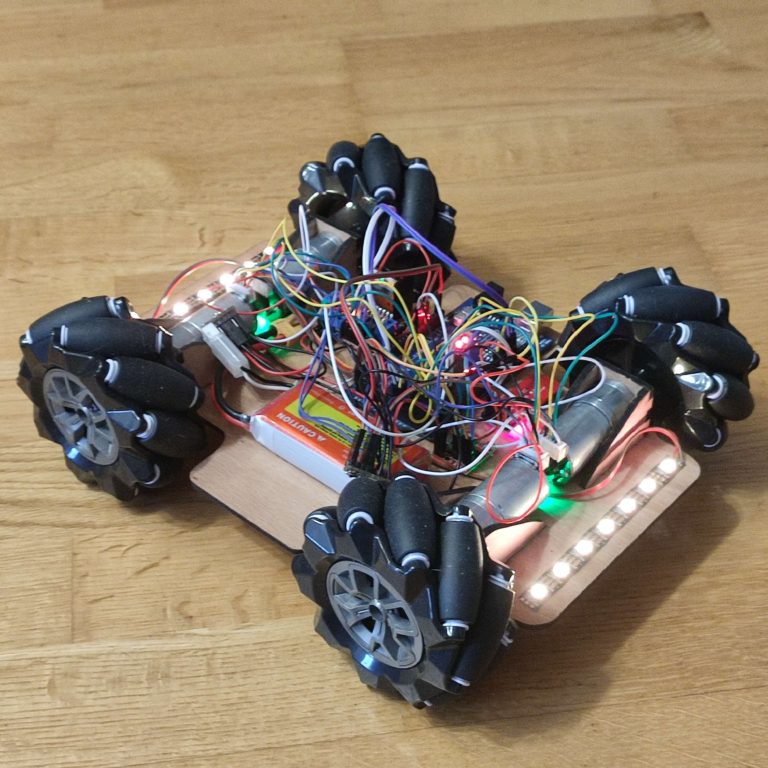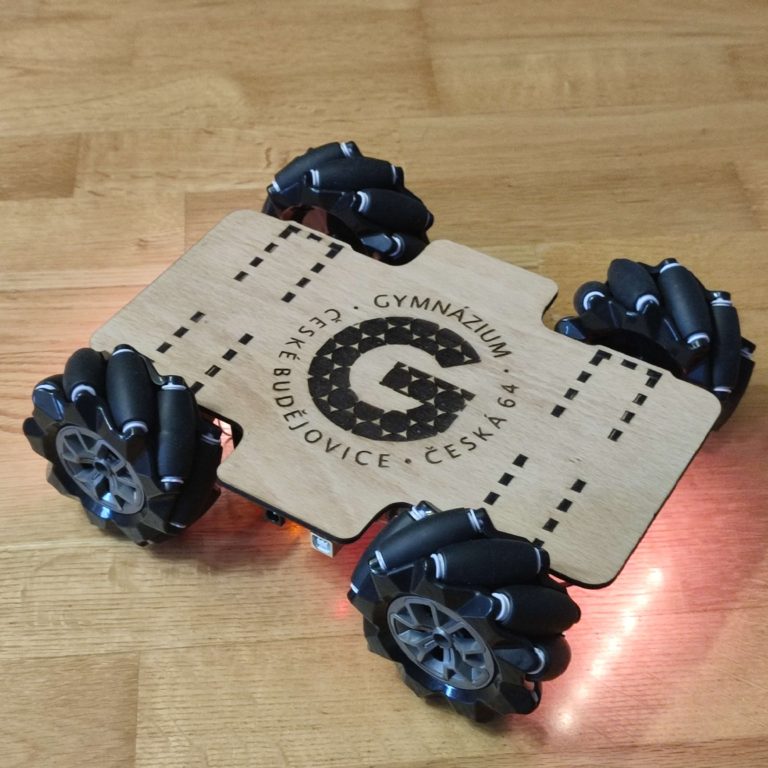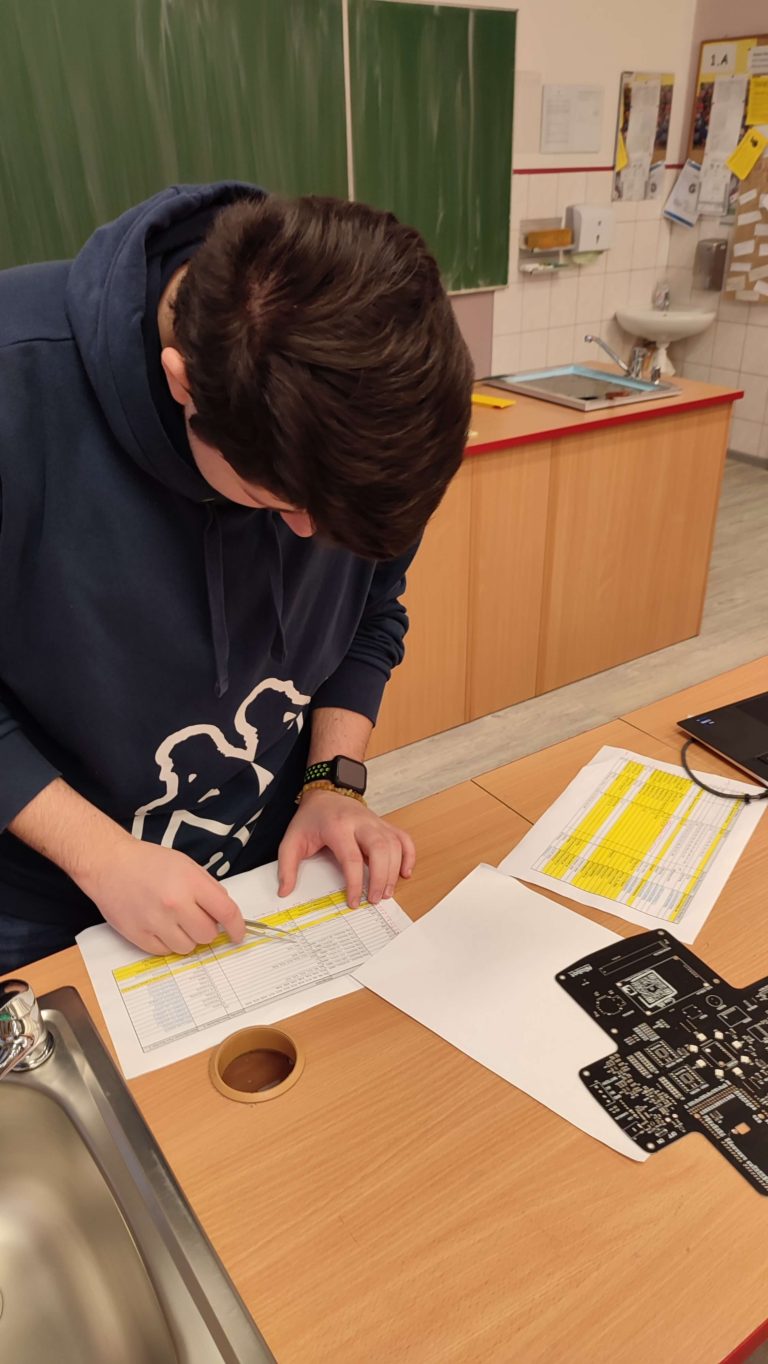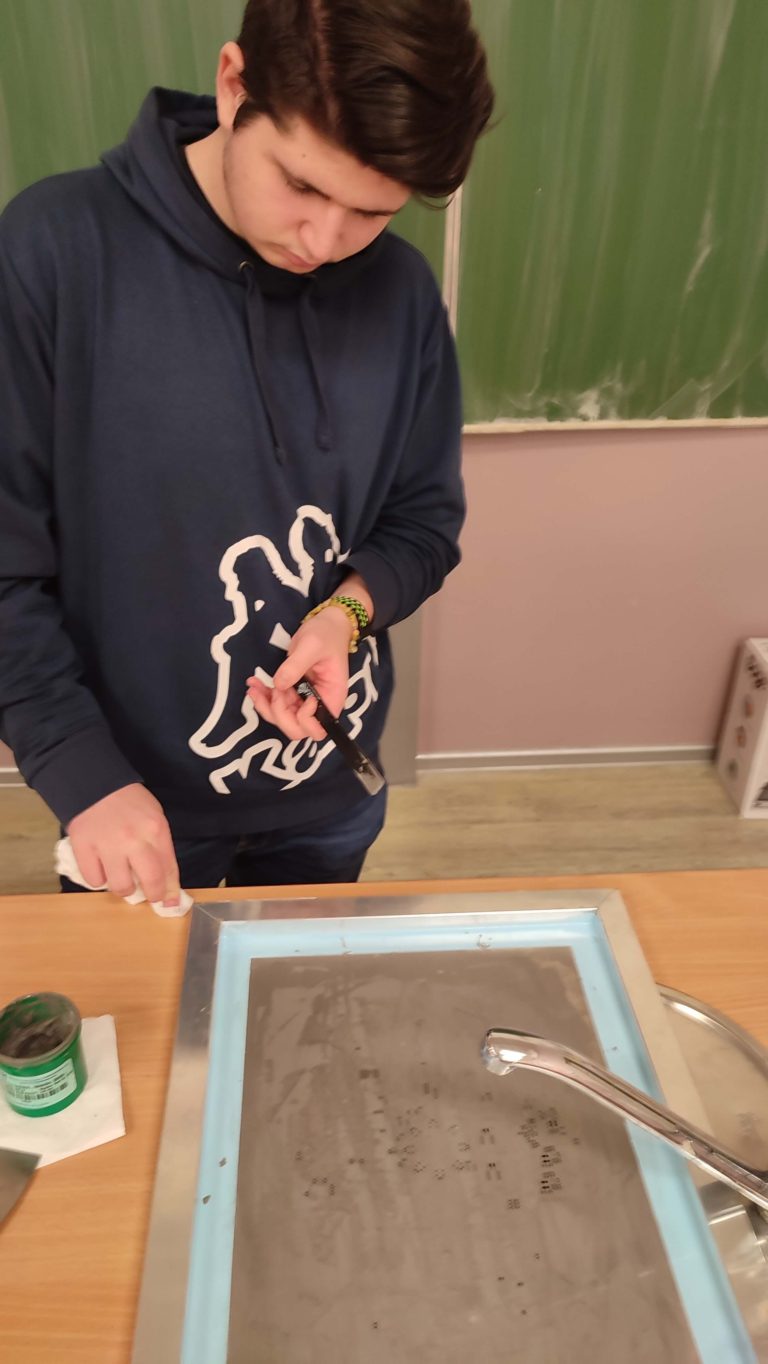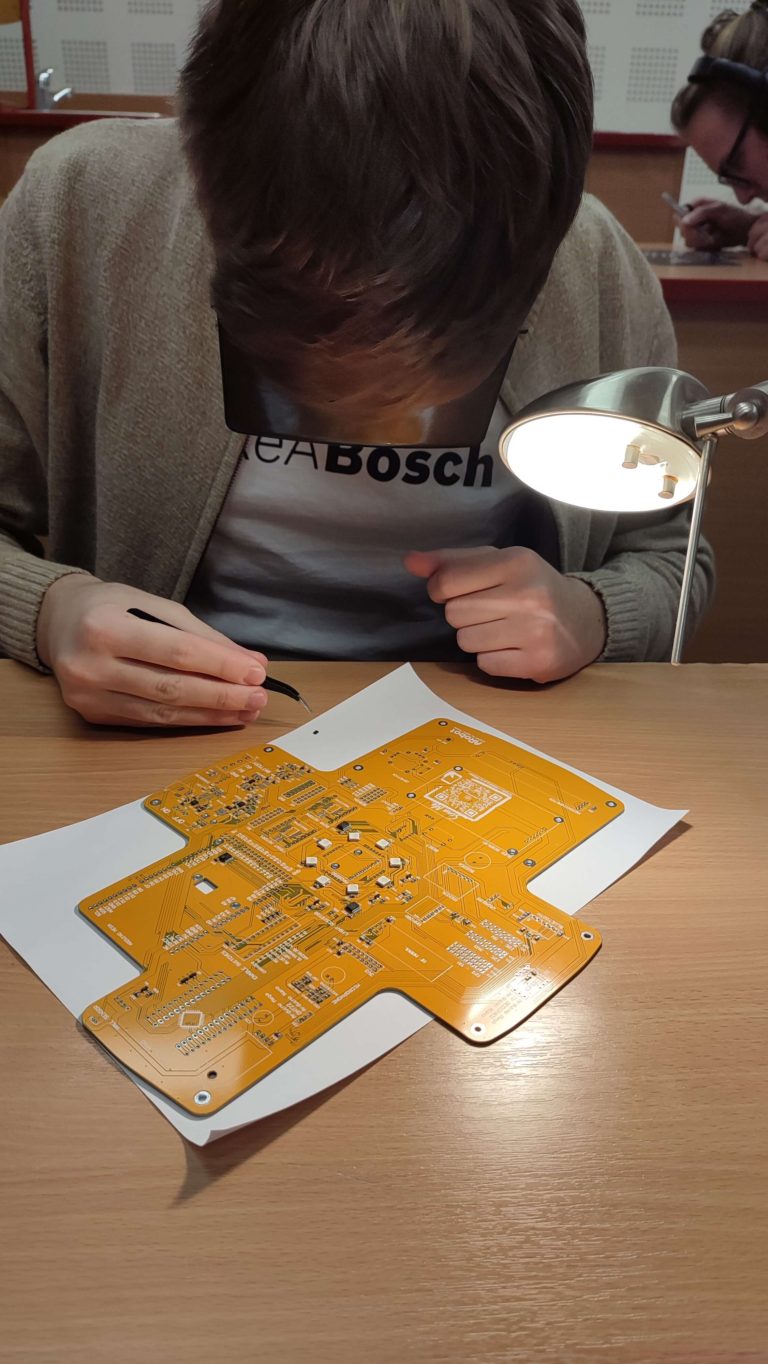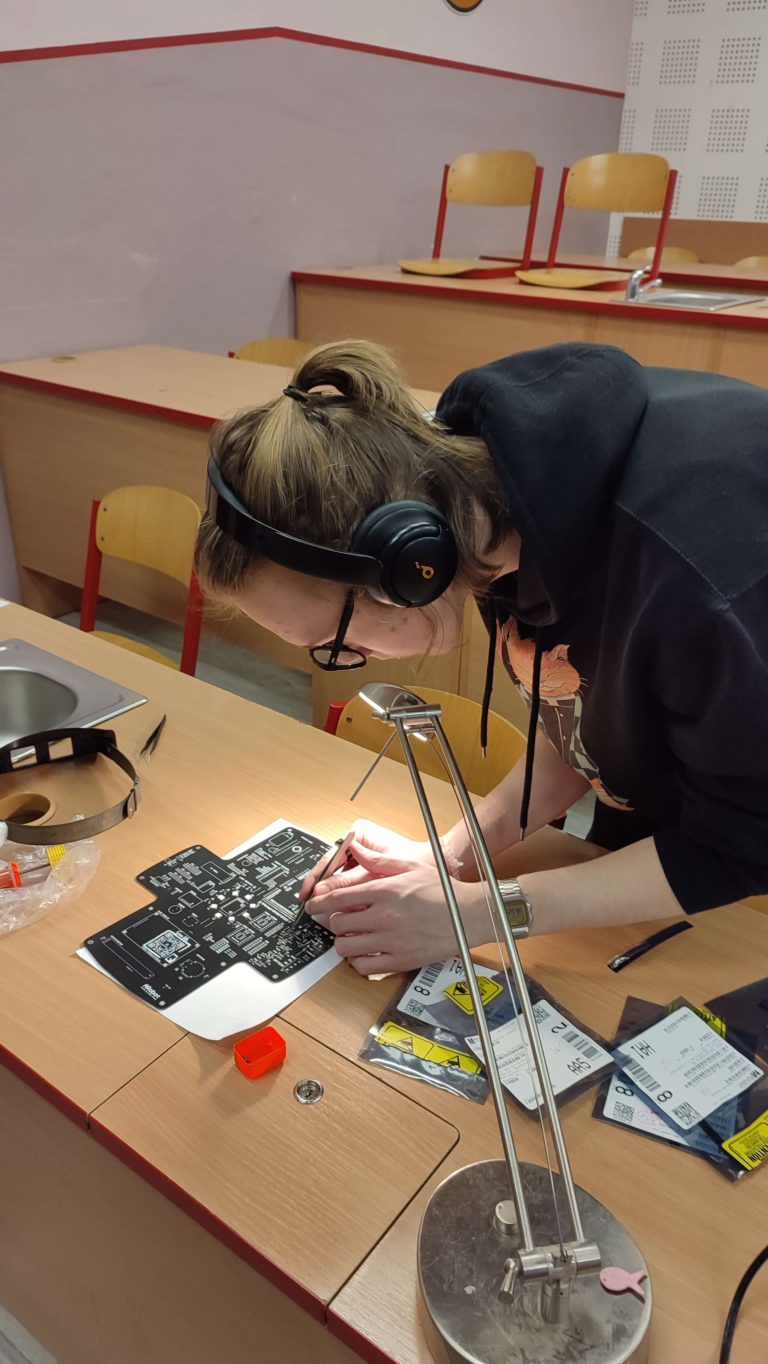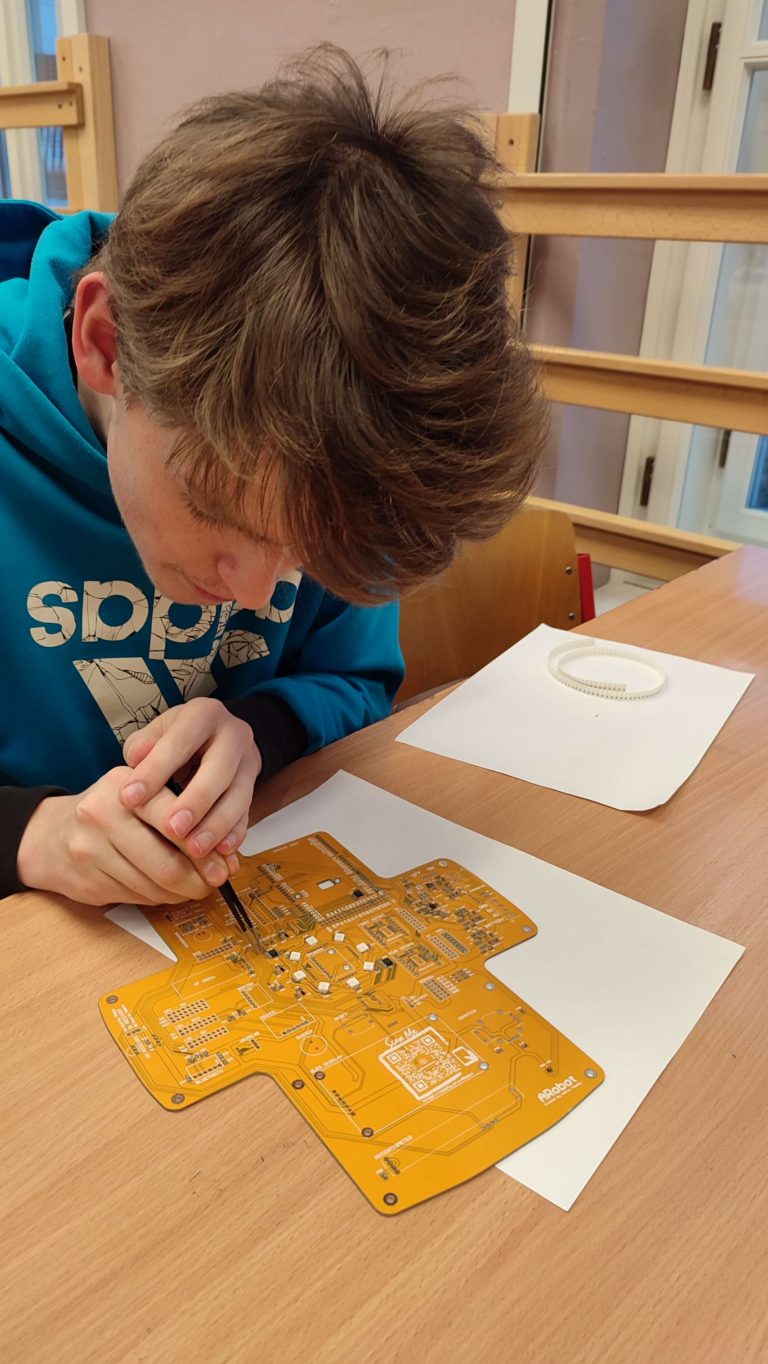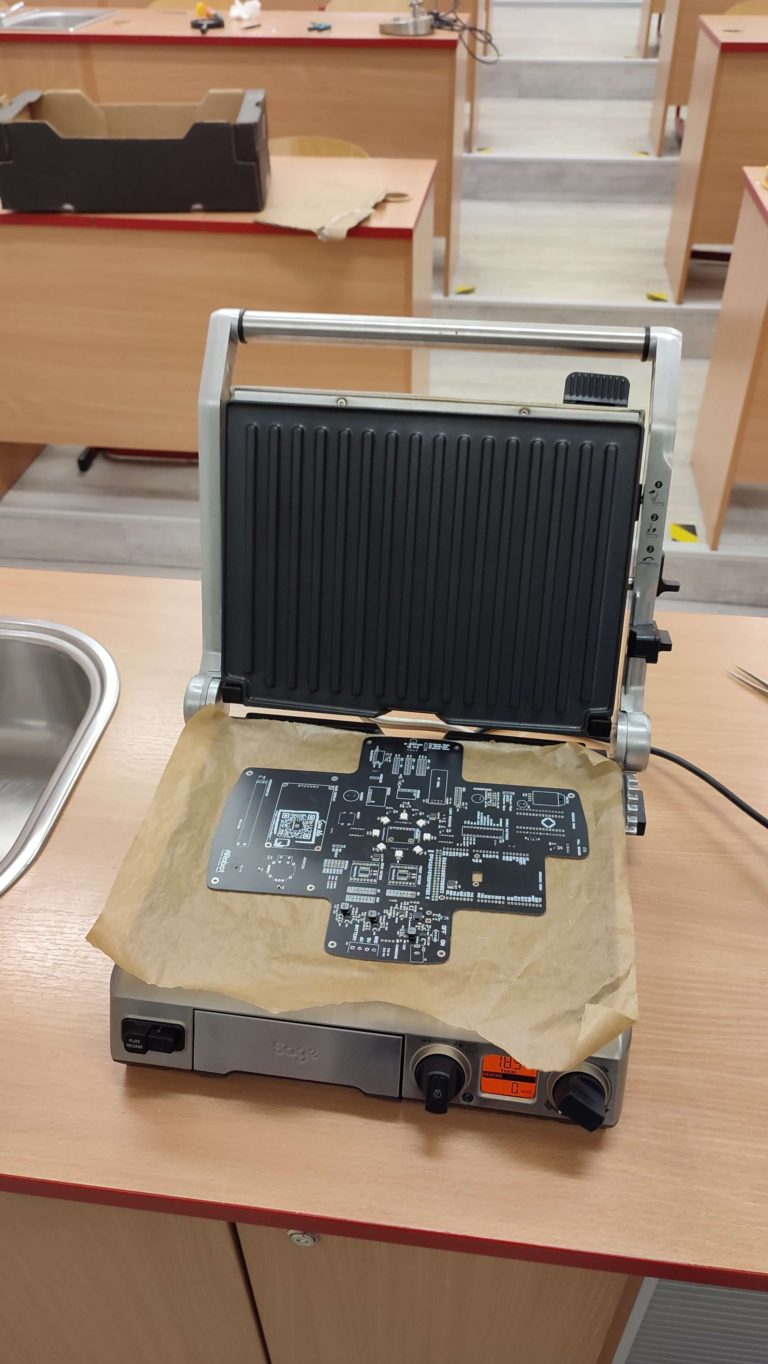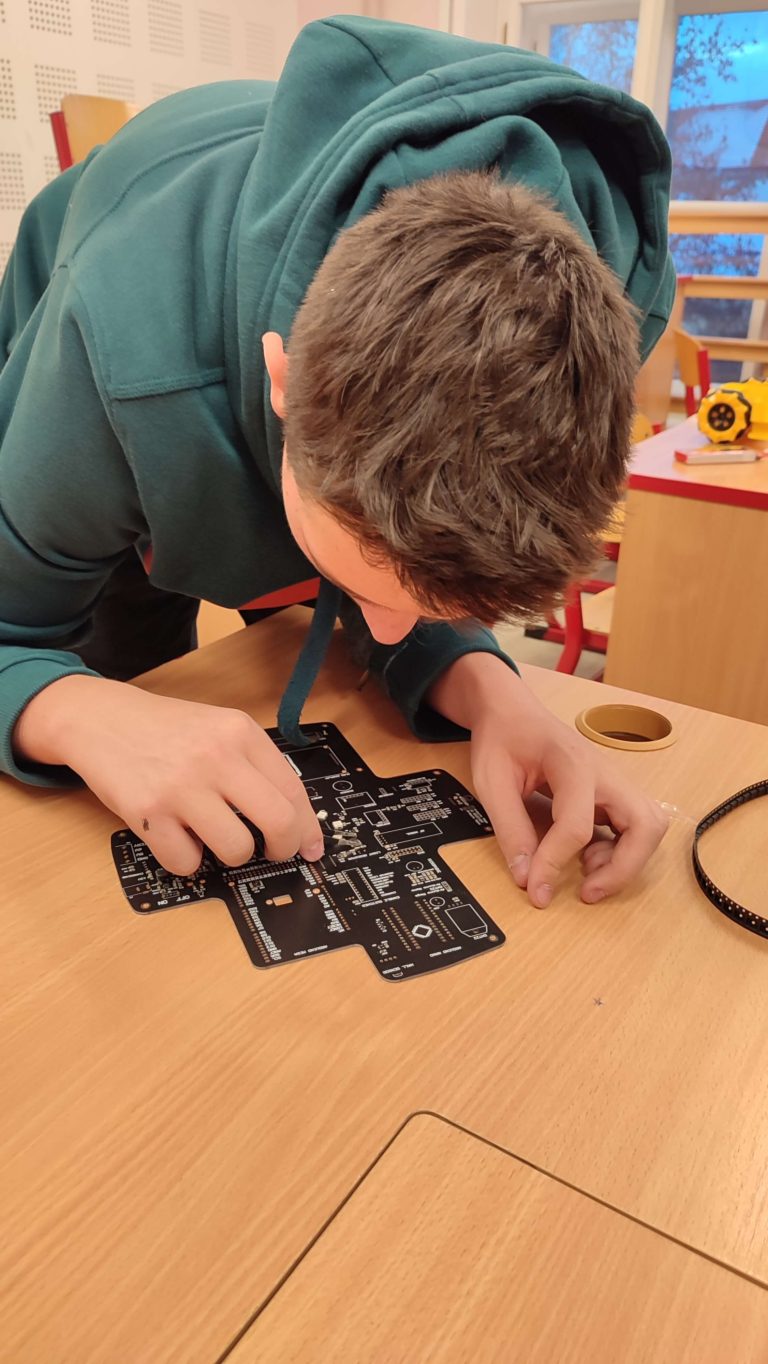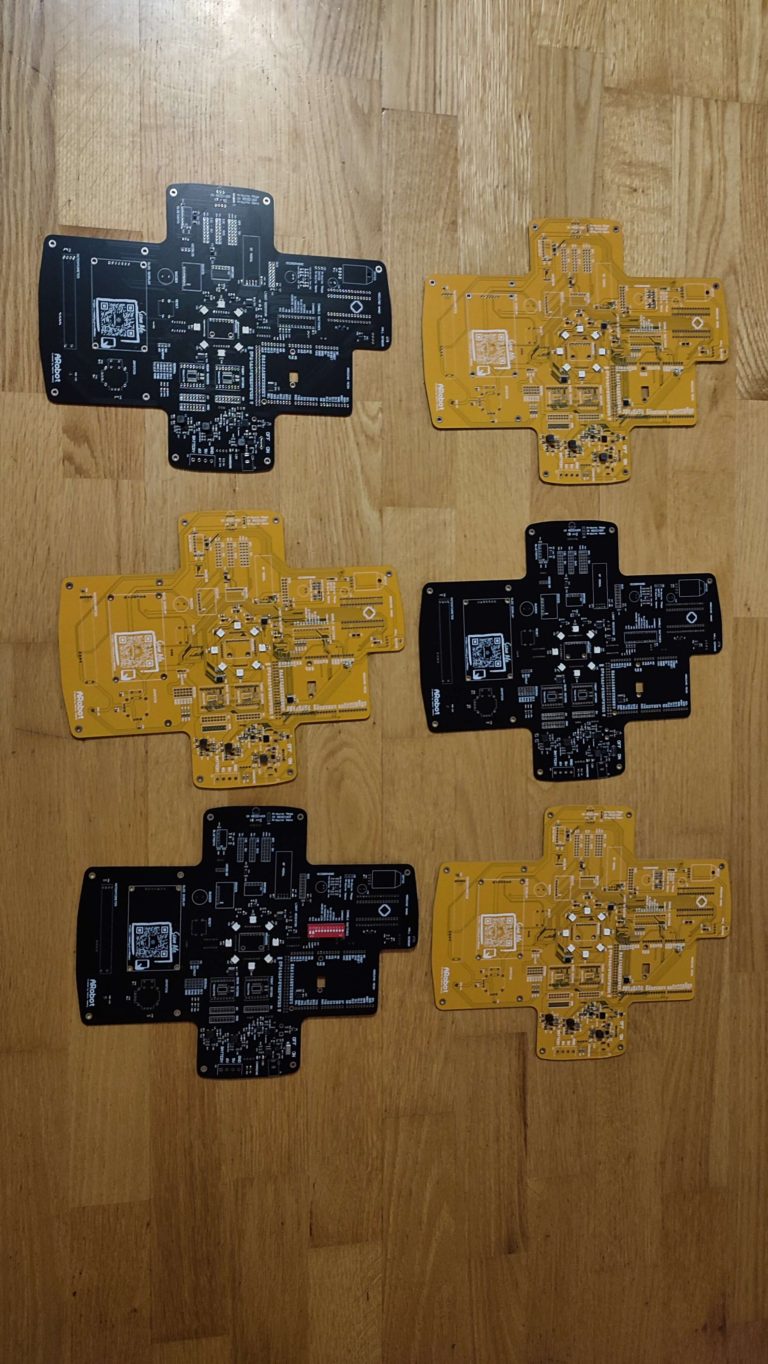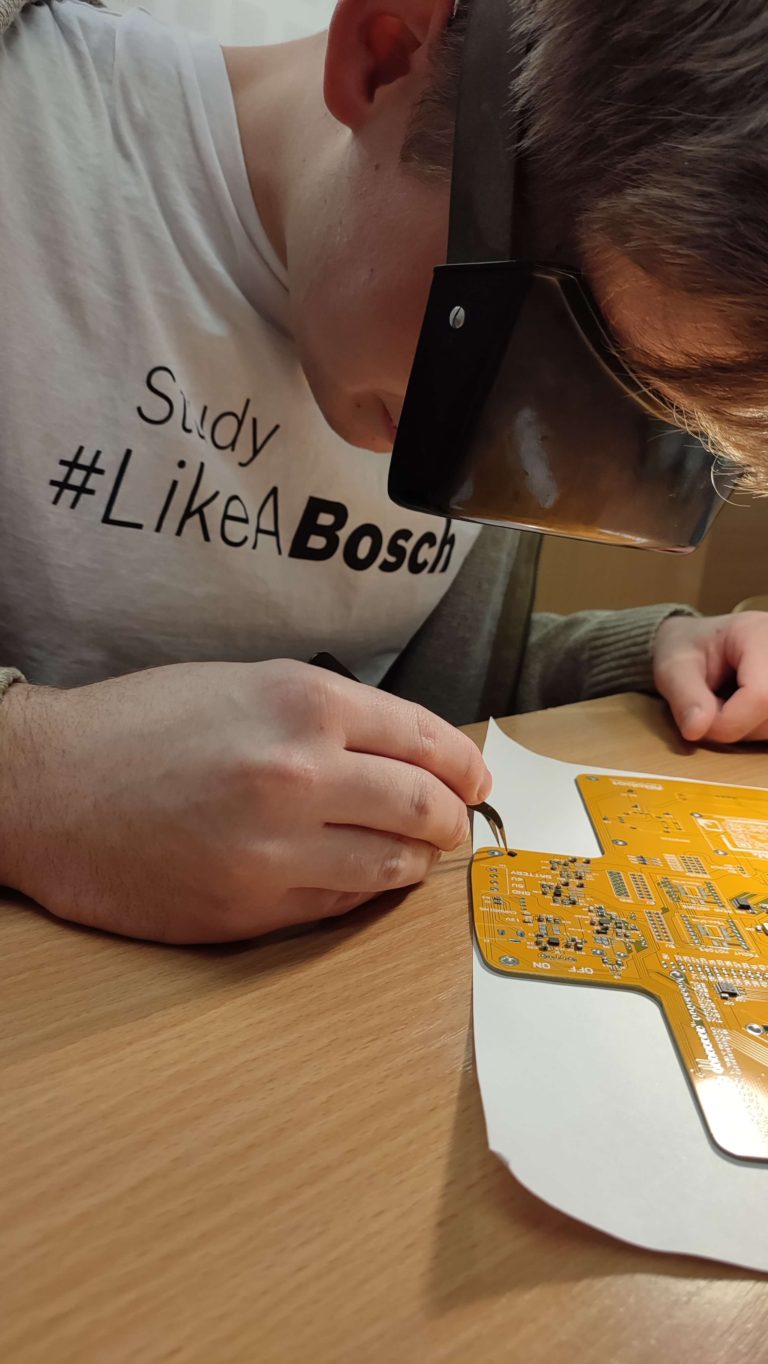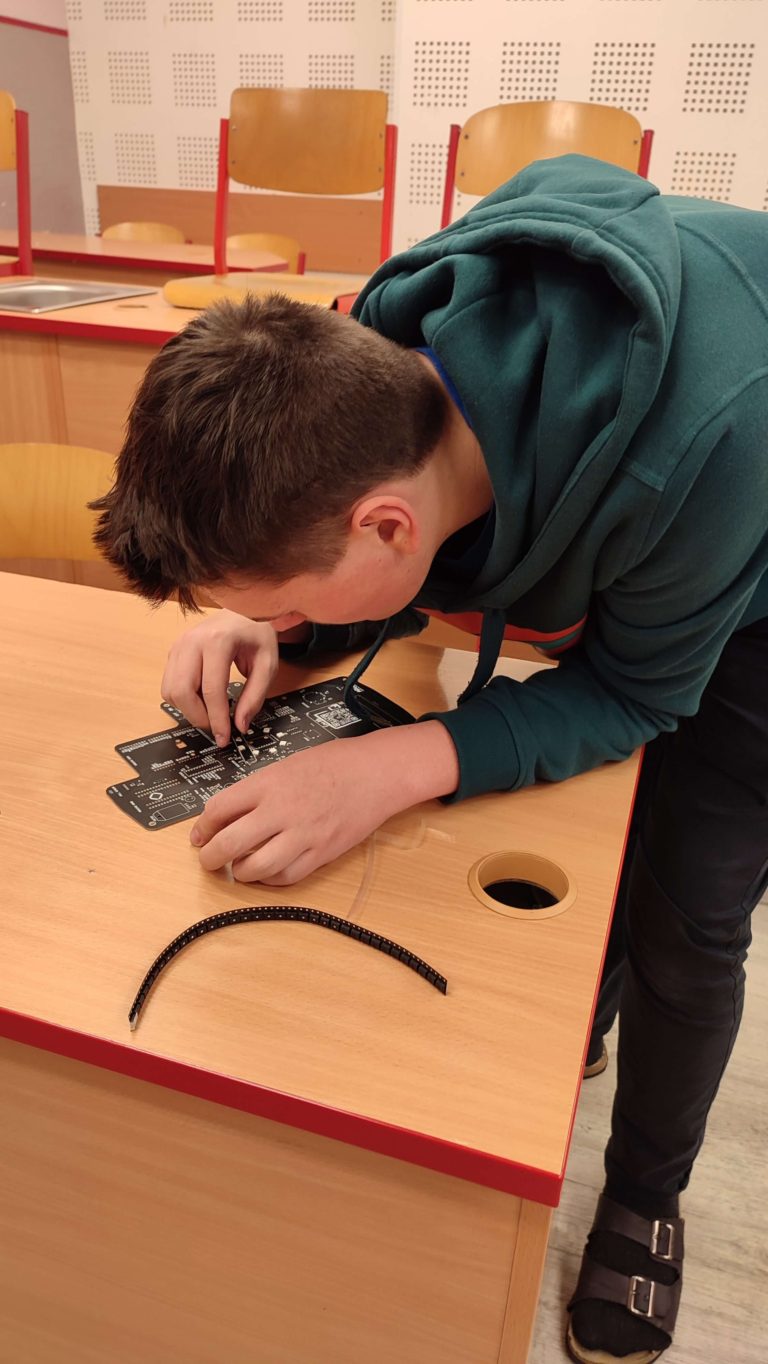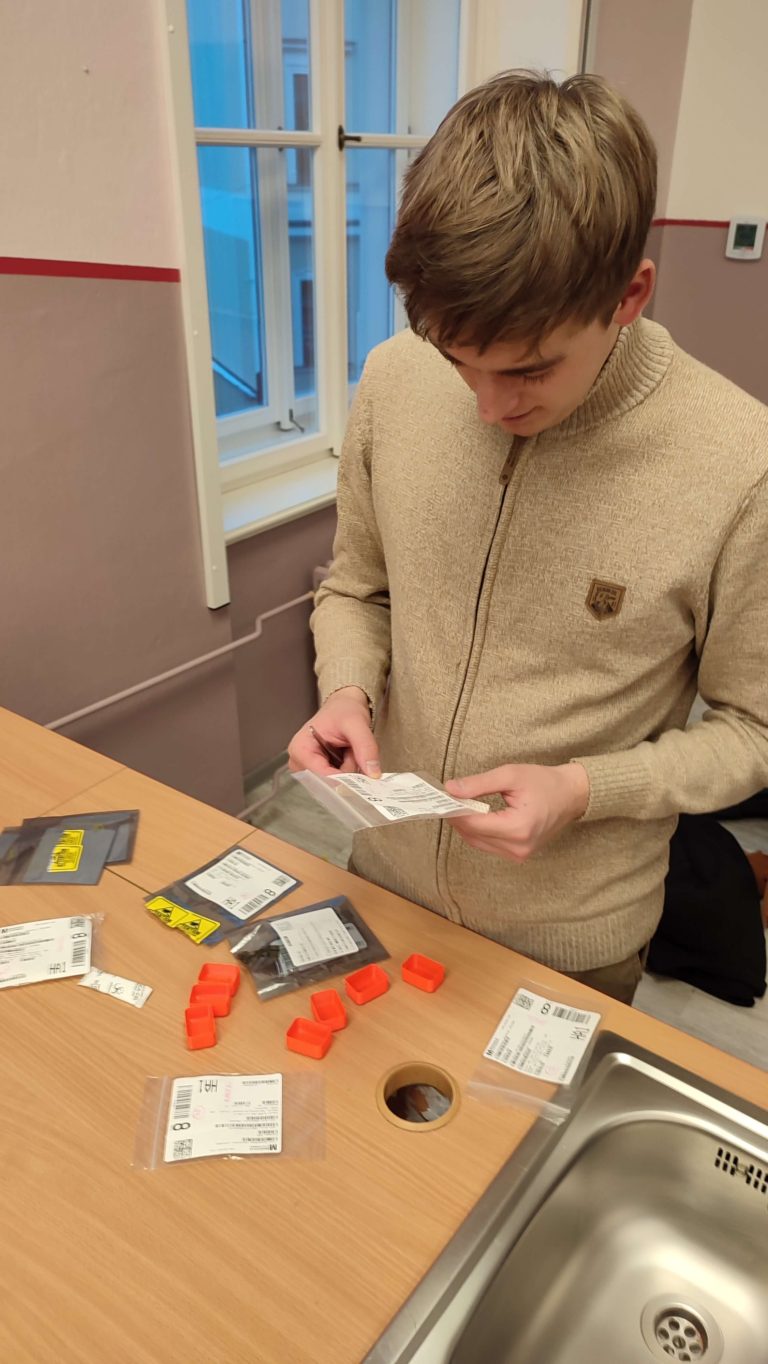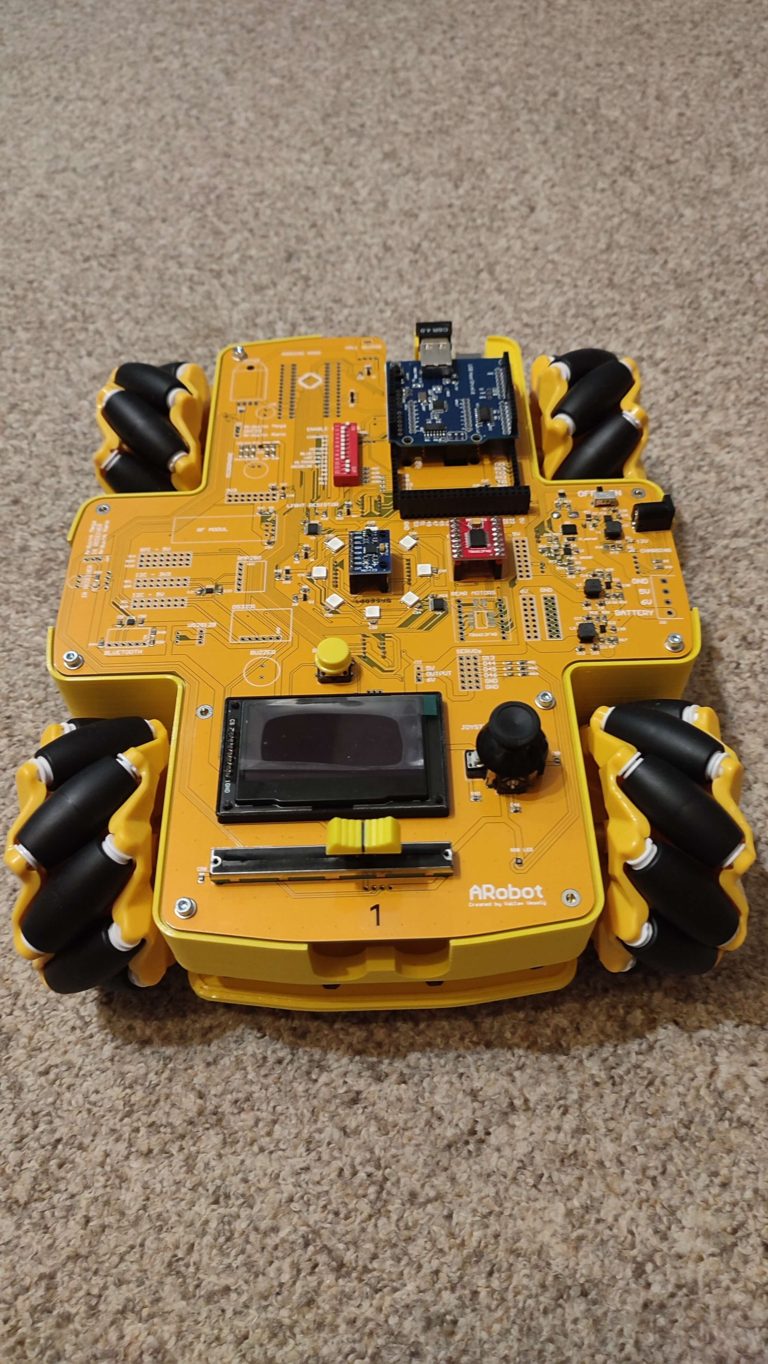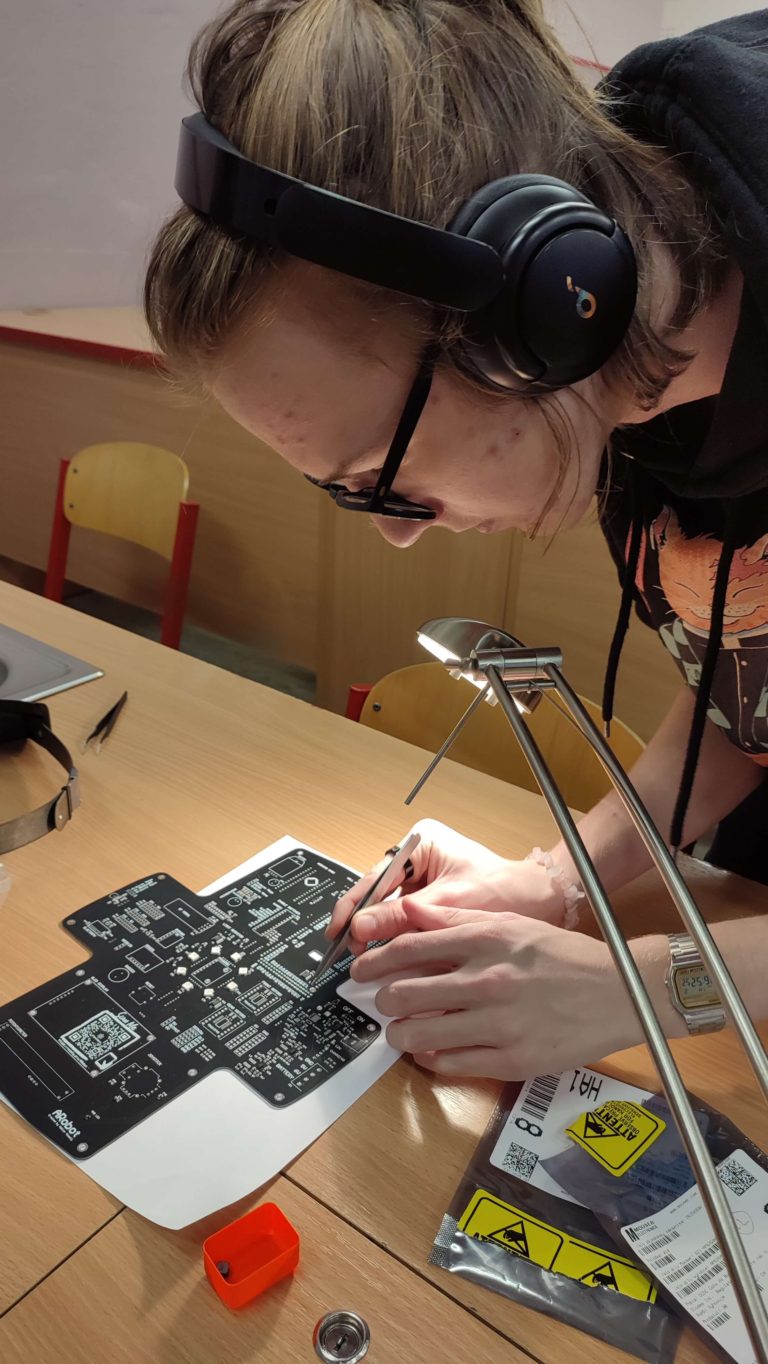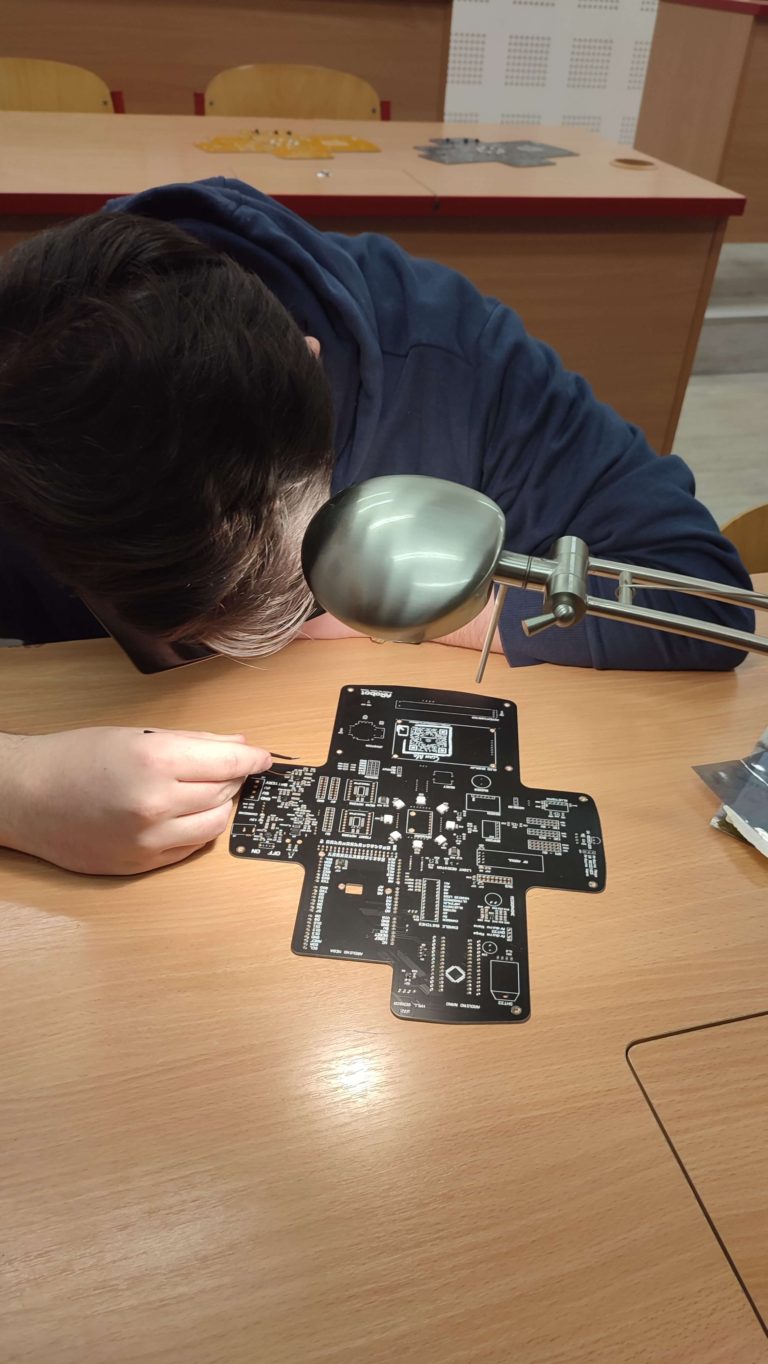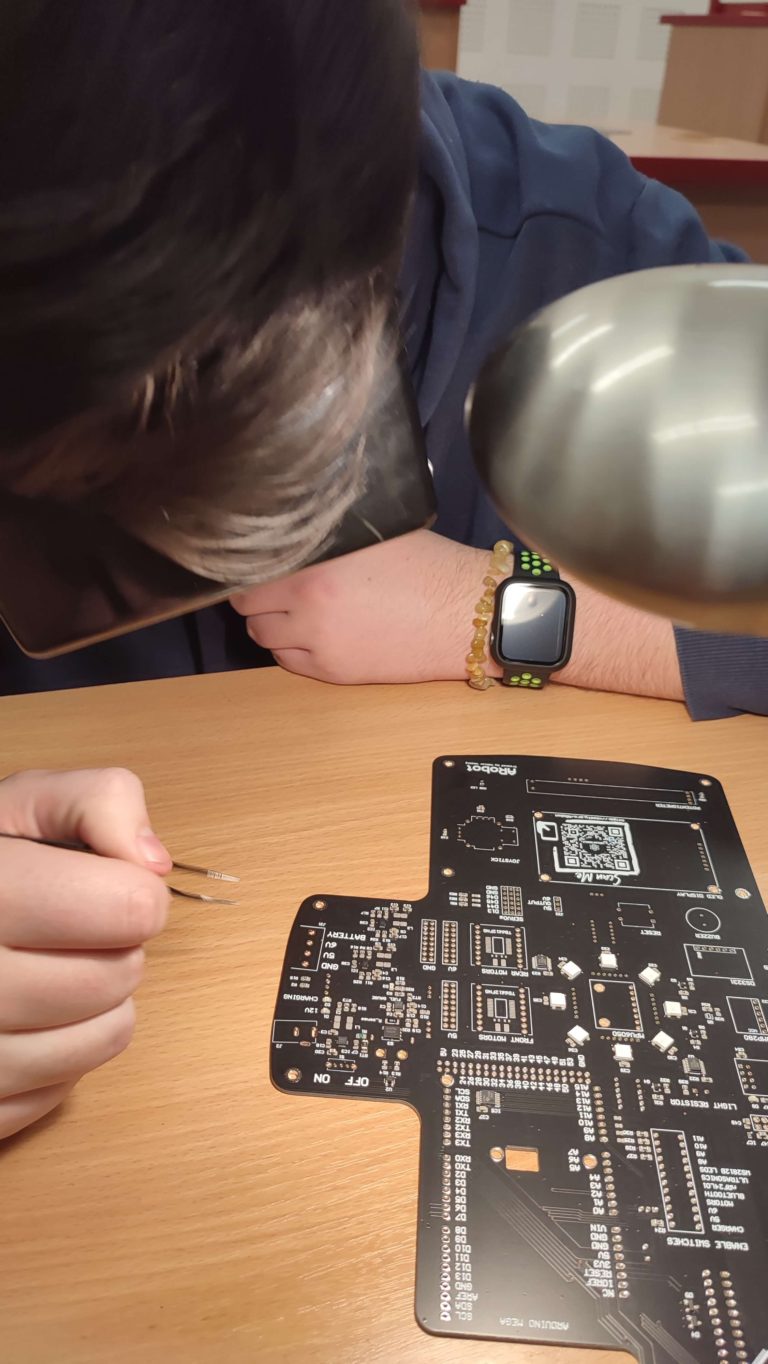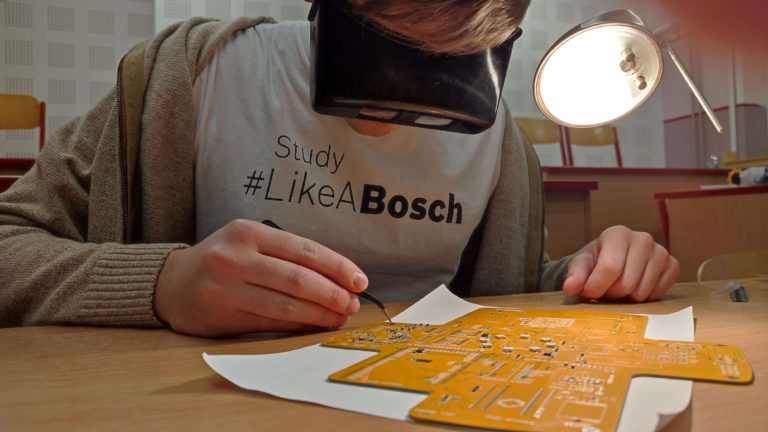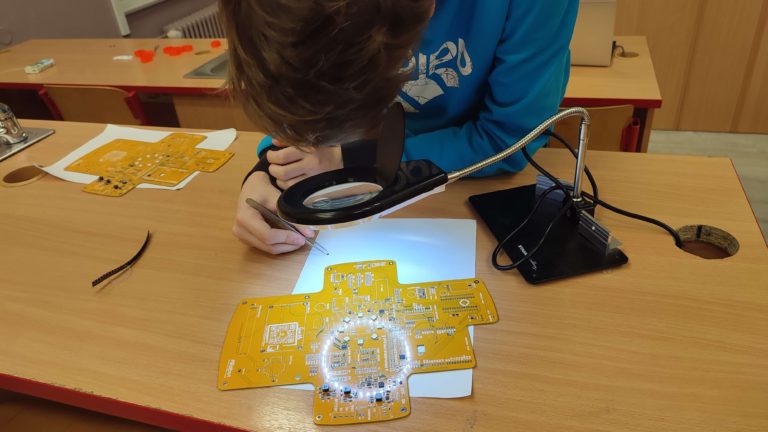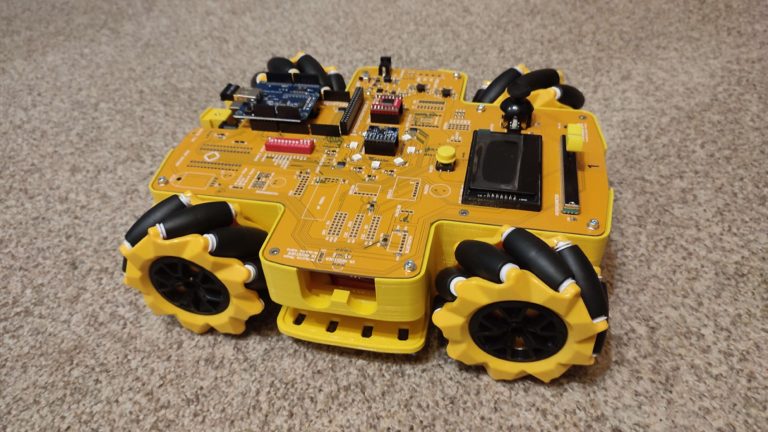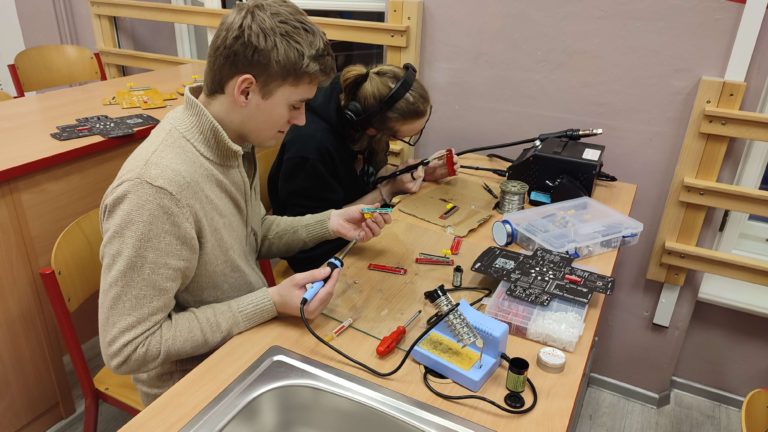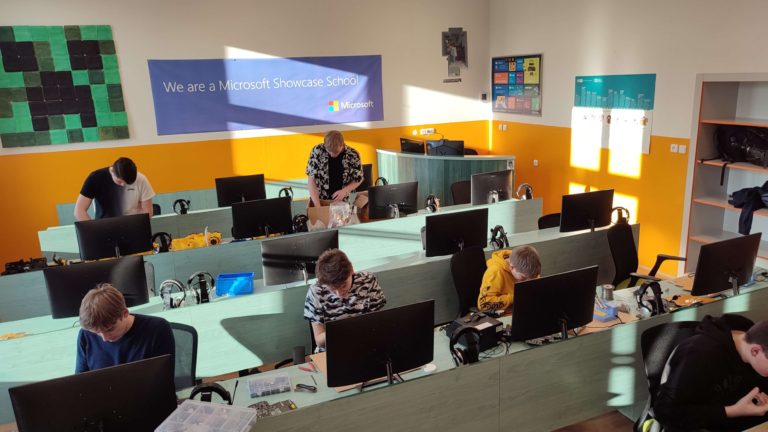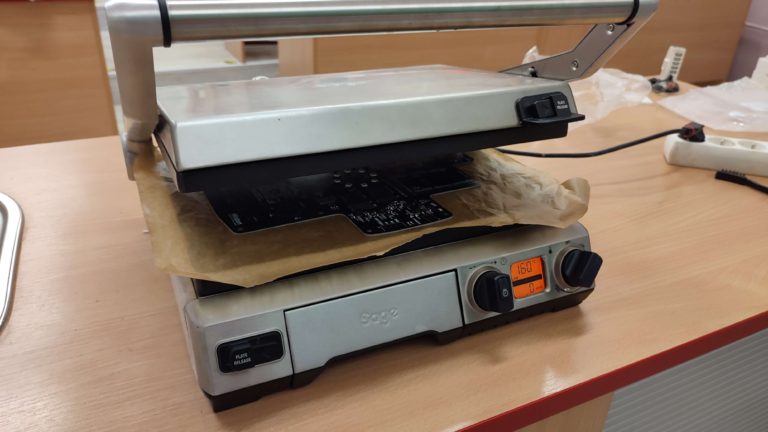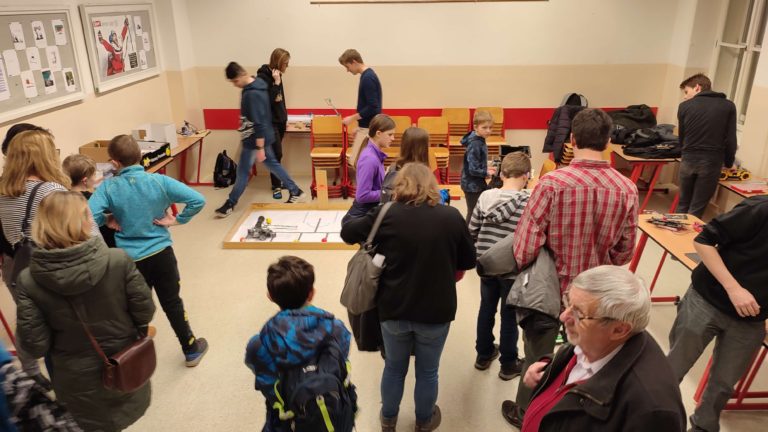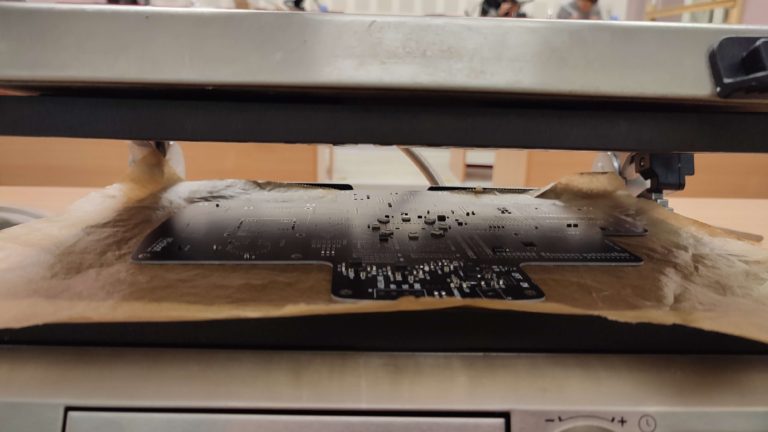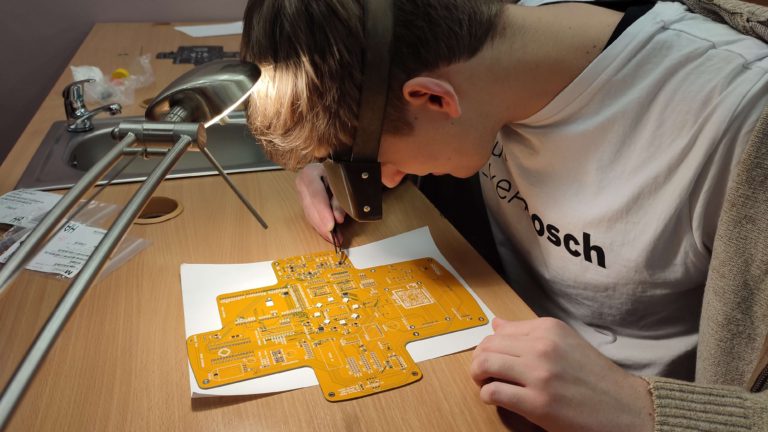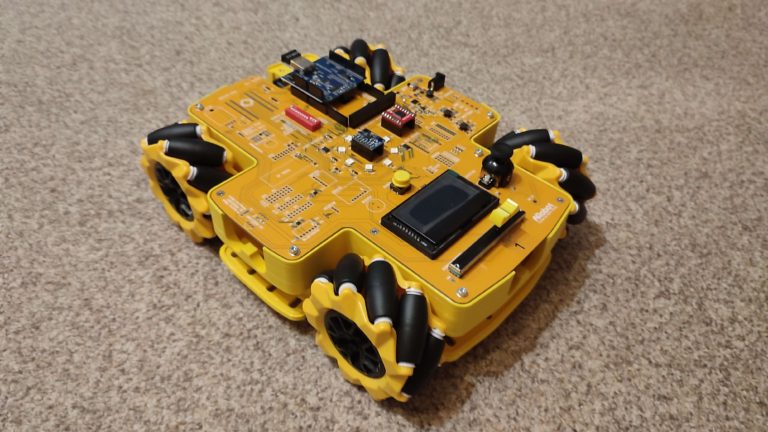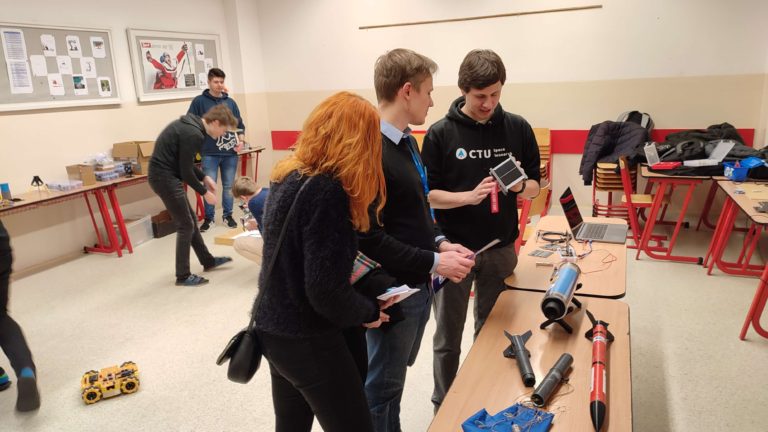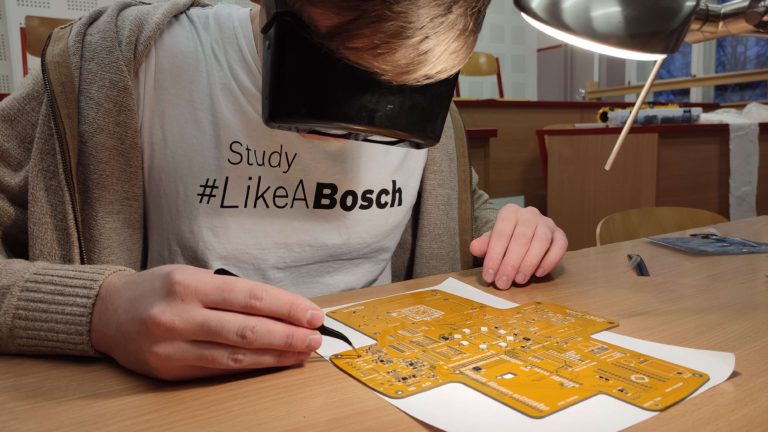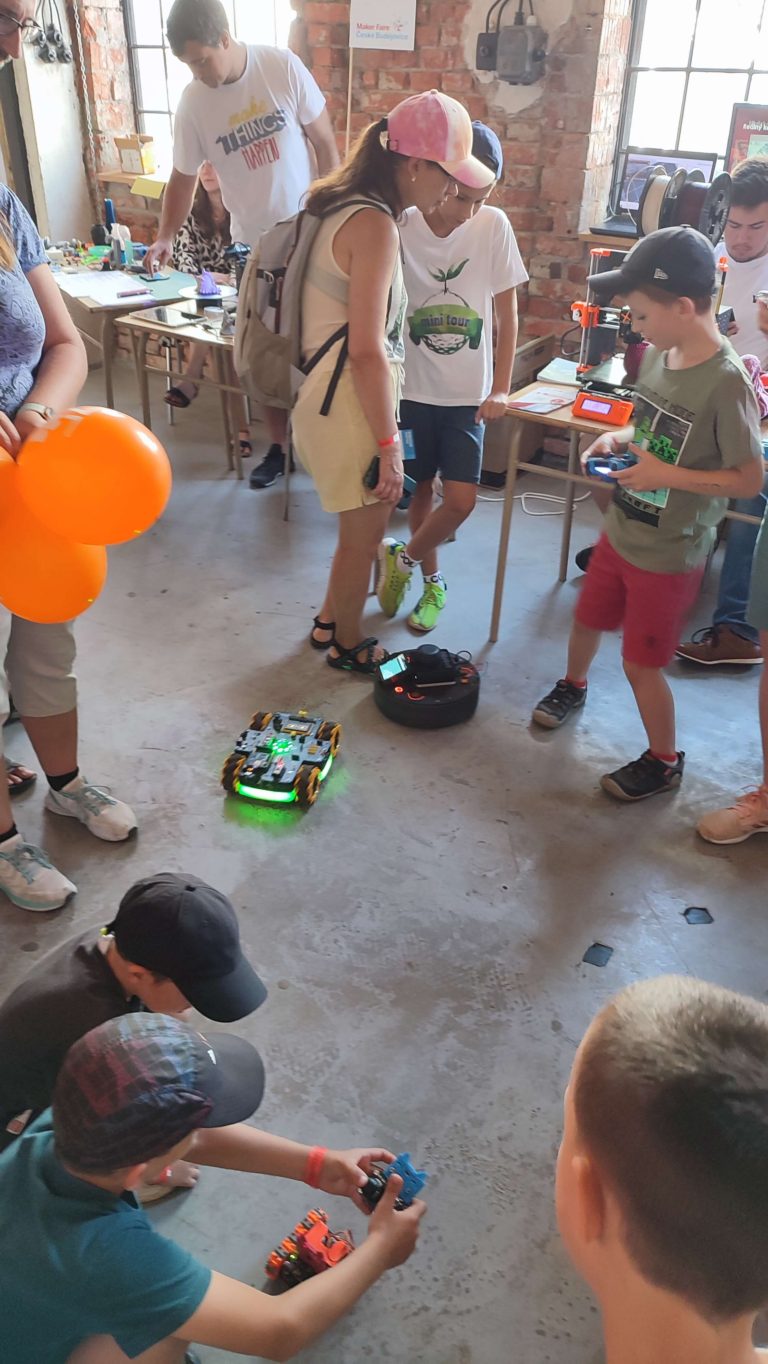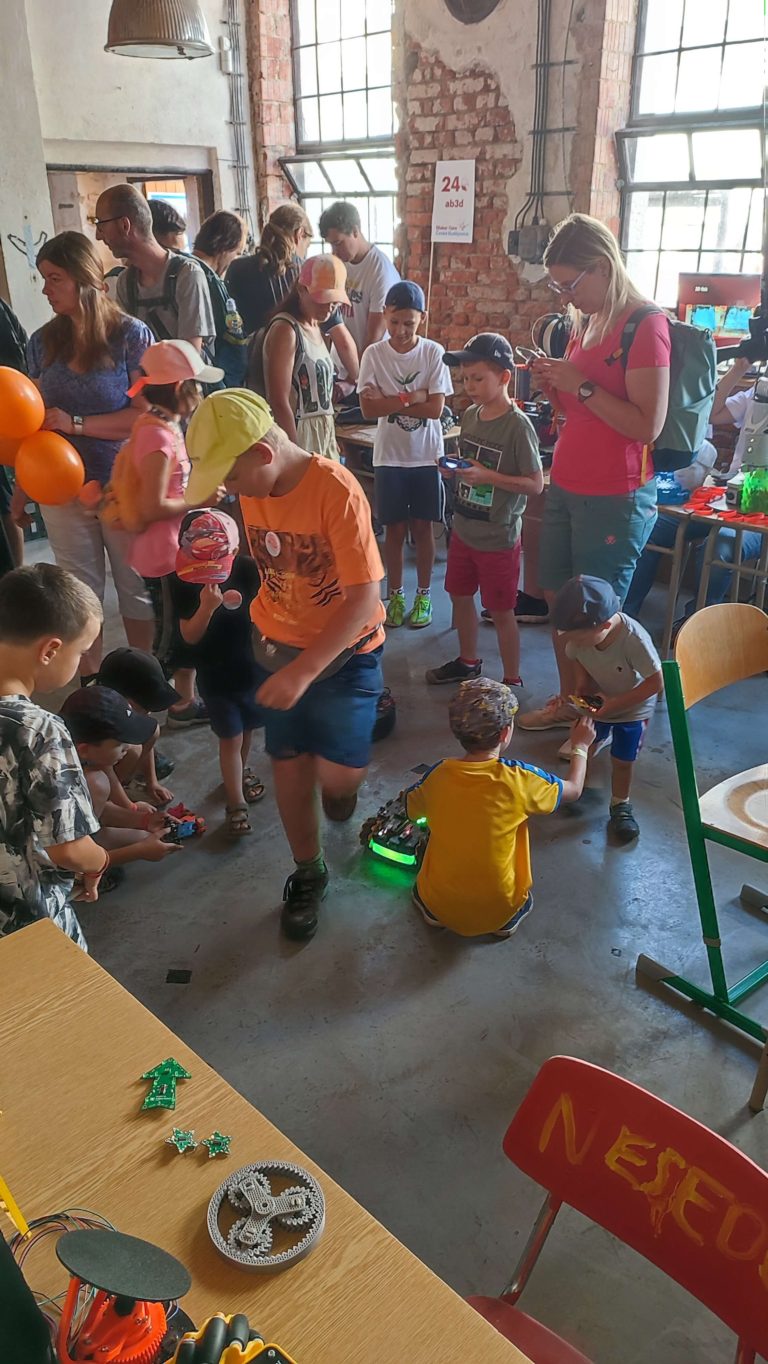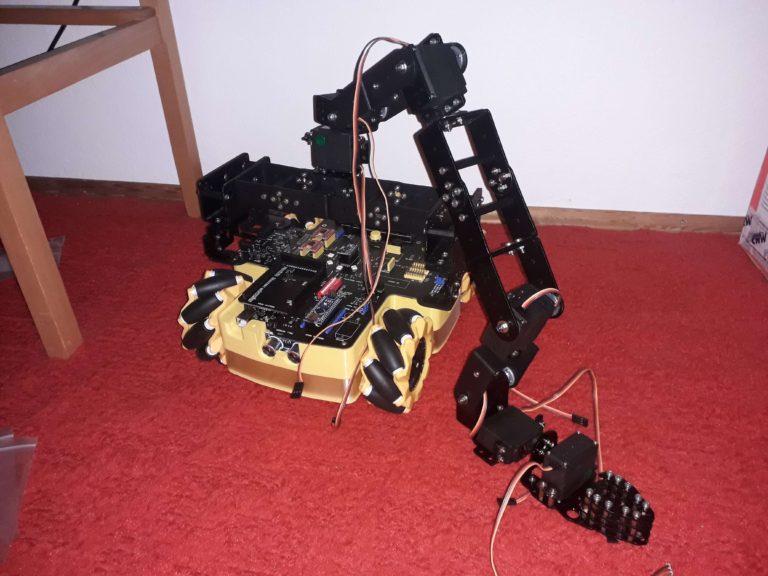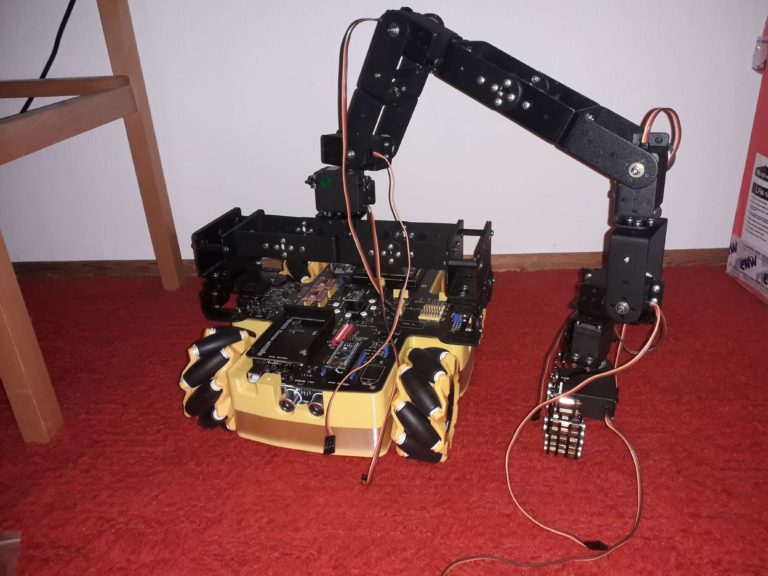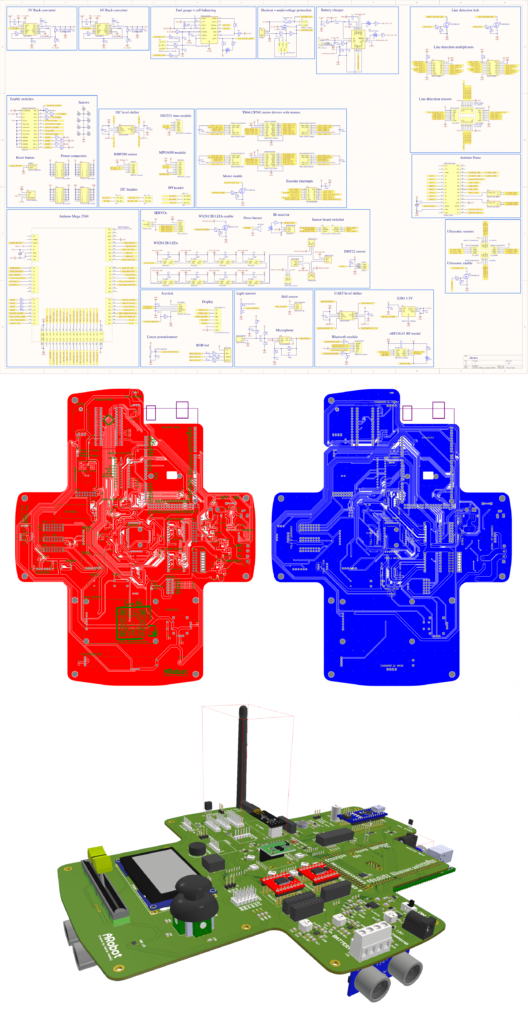ARobot
ARobot is a robotics platform designed to inspire and empower high school students with hands-on learning in robotics and programming. Born from a passion for technology and education, ARobot addresses a critical gap in foundational skills, aiming to make concepts like math, physics, and programming more engaging and accessible.
The platform emerged from a desire to support students struggling with the transition to university-level STEM programs. By revisiting my high school and reestablishing a dormant robotics group, ARobot was developed as a practical and creative solution to help students build confidence and skills.
With over 25 different sensors and actuators, ARobot offers a rich and versatile learning experience. Students assemble the robots themselves, from soldering components onto PCBs to constructing the 3D-printed frames. Each step introduces them to essential engineering concepts, culminating in programming tasks that demonstrate real-world applications of the math and science they learn in school.
Beyond technical skills, ARobot fosters creativity, teamwork, and problem-solving. It’s not just about building robots; it’s about preparing students to think critically and innovate for the future. ARobot’s journey has already inspired many young minds, leaving a lasting impact by bridging the gap between classroom theory and practical innovation.
- Teaching aid
- 2023

